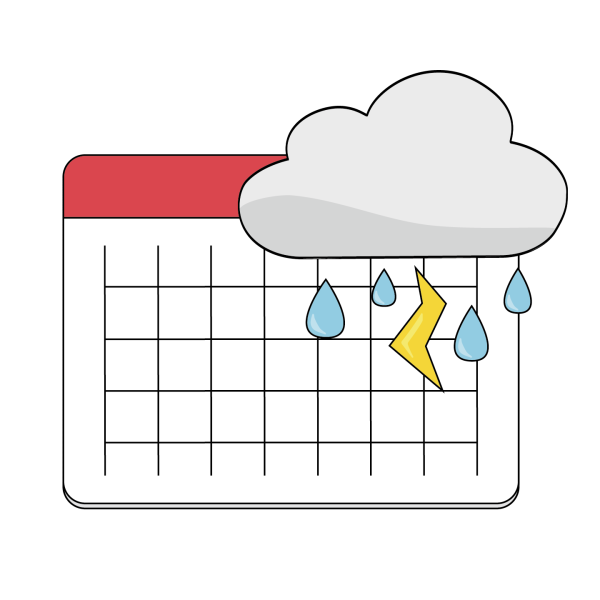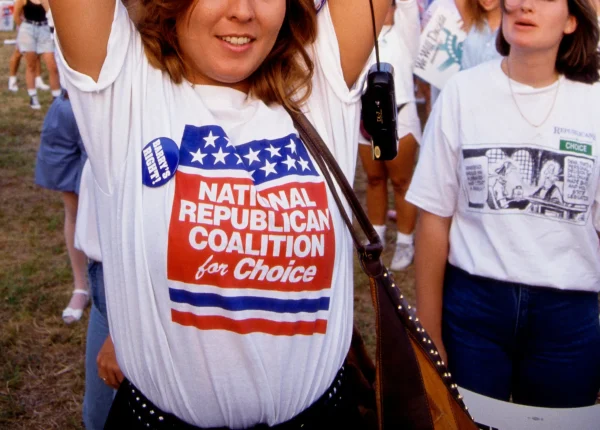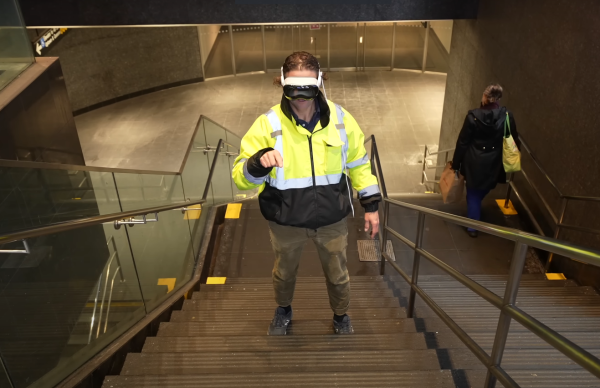A World on Fire: The Amazon and its Effects on the Climate Crisis
We’ve all heard the news before — uncontrollable environmental disasters striking the globe, leaving thousands of people homeless and hundreds of square miles destroyed. But with the Amazon rainforest being the recent of ecological catastrophes, the question of how impactful these environmental disasters are globally remains imperative for determining what next steps to take in solving the ongoing climate issue will be.
The Amazon rainforest, home to over 2,500 species, 400 indeginous tribes, and the vessel to more than 20% of the world’s oxygen supply, has been on fire for over a month now. The cause of these fires has been traced back to deforestation efforts that many cattle farmers have caused in an attempt to make space for ranching and agricultural production. Although many media outlets have portrayed the current disasters in the Amazonia as something new, these fires shouldn’t come as a shock — In 2016 alone, the Amazon had 68,484 fires within its region, making it the second-worst year for wildfires in Amazonia history. This year, however, has been the worst year yet, with over 74,000 recorded forest fires so far in the area.
So why are these wildfires so important? The Amazon, just like any other rainforest, absorbs over 2.2 billion tons of CO2 annually, according to Fernando Espírito-Santo, a research scientist at NASA’s Jet Propulsion Laboratory. Holding over one-third of all carbon emissions in the world, the Amazon wildfires will have massive effects on the amount of clean oxygen local communities in Brazil are getting; accelerating the ecological crisis and creating massive environmental impacts globally.
The worst part is, the Amazon isn’t the only massive wildfire going on. With forests in both Indonesia and Siberia up in flames, the Amazonia is only a portion of the catastrophic environmental disasters currently impacting our globe. More than 21,000 square miles of forest is burning in Siberia, making it the worst wildfire season in Russia’s history. Indonesia has detected over 644 fire hotspots within its region, with many locals fearing a sequel to the 2015 forest fire crisis. Unlike Brazil, Siberia and Indonesia have called for a national environmental emergency, sending military and law enforcement to fight and combat the forest fires. Brazilian President Jair Bolsonaro has refused to acknowledge the Amazon wildfires, pushing towards industrial and agricultural development for the Amazonia and promising to get rid of the hundreds of indigenous reserves that reside within its borders.
With more than one million species facing extinction within the next few decades, less than 30% of wild forests left, and approximately 83% of the world’s freshwater ecosystems collapsing, it’s almost impossible to have any hope in combating the ecological crisis. But I think this is where we all have to ask ourselves what we can do to help defeat climate change. Whether it’s cutting our waste consumption in half, writing to our local congressman about ecological issues in the area, or donating to nonprofit environmental organizations like the Rainforest Alliance — anything helps. Because eventually, we will have to start looking at this for what it actually is: a global emergency. And if we don’t soon, the crisis our world faces will only accelerate, until one day, there will be no turning back.
Your donation will support the student journalists of Saint Louis University. Your contribution will help us cover our annual website hosting costs.











Frank Sterle Jr. • Sep 5, 2019 at 8:35 pm
Addressing the significant mass-burning of the Amazonian rainforest, the ecosystem biomass of which produces 20 percent of Earth’s oxygen, Brazil’s president Jair Bolsonaro tells the rest of the rightfully concerned world, “You have to understand that the Amazon is Brazil’s, not yours.”
Earth’s eco-systems honour no national boundary. If only it were so, that the damage to the natural environment by morally and ethically corrupt governments and corporate puppet-masters was somehow poetically miraculously confined strictly to the owners’ territory.
It’s like humanity is confined to a massive interstellar spaceship, owned and operated by the fossil fuel industry, but on which we’re all permanently confined; and while we’re adamantly arguing over finite resources and how much one should have to pay for it, the spaceship is burning and toxifying at locations not normally investigated—or else those areas are occupied thus claimed and controlled by one narrowminded possessive party.
“Mind your own business,” asserted the Brazilian president, in what may be memorialized throughout the ages, if our species survives our own perverse collective nature.
To quote Jacob Marley’s ghost in rebutting Ebenezer Scrooge’s cold-cash-hearted mentality, “BUSINESS? Mankind was my business! Their common welfare was my business!”